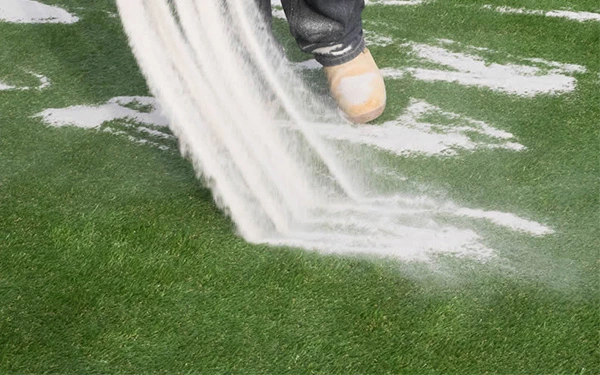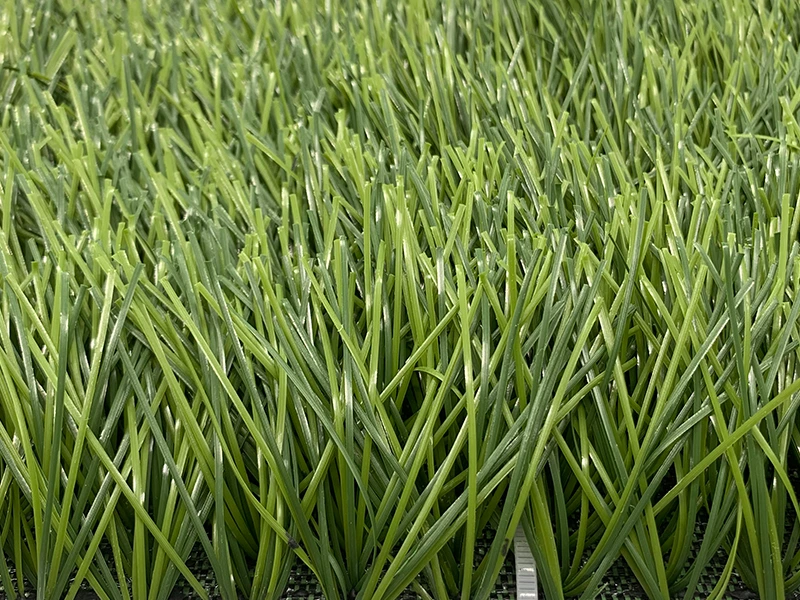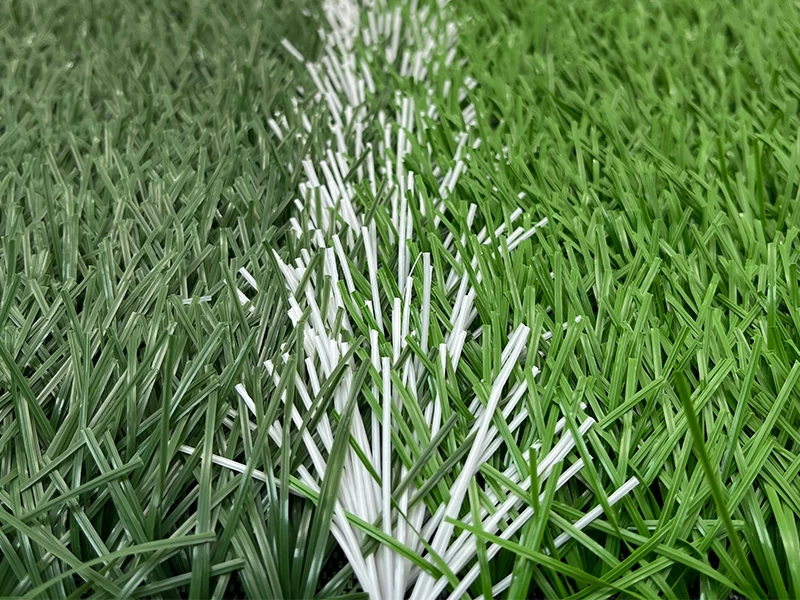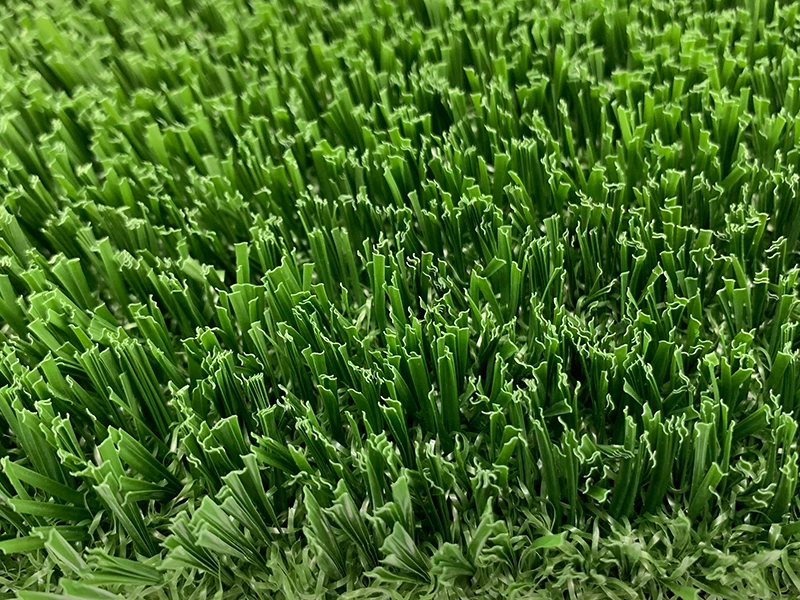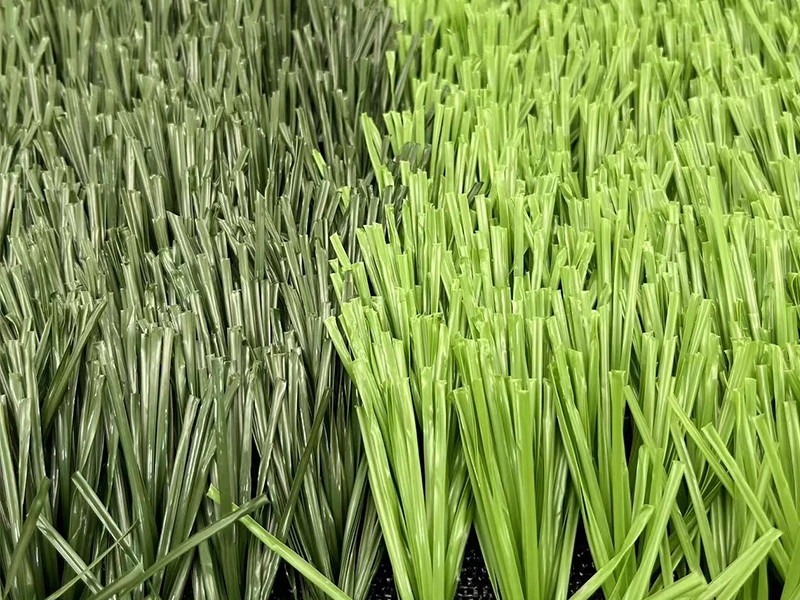How much sand is needed per square meter of artificial grass?
As a common and practical ground covering material, artificial turf is widely used in sports fields, gardens, terraces, balconies, commercial plazas and other places. Its low maintenance, durability and beautiful appearance have attracted more and more users. In the process of laying artificial turf, the filling of sharp sand (also known as quartz sand) is one of the key steps to determine the performance and service life of the turf.
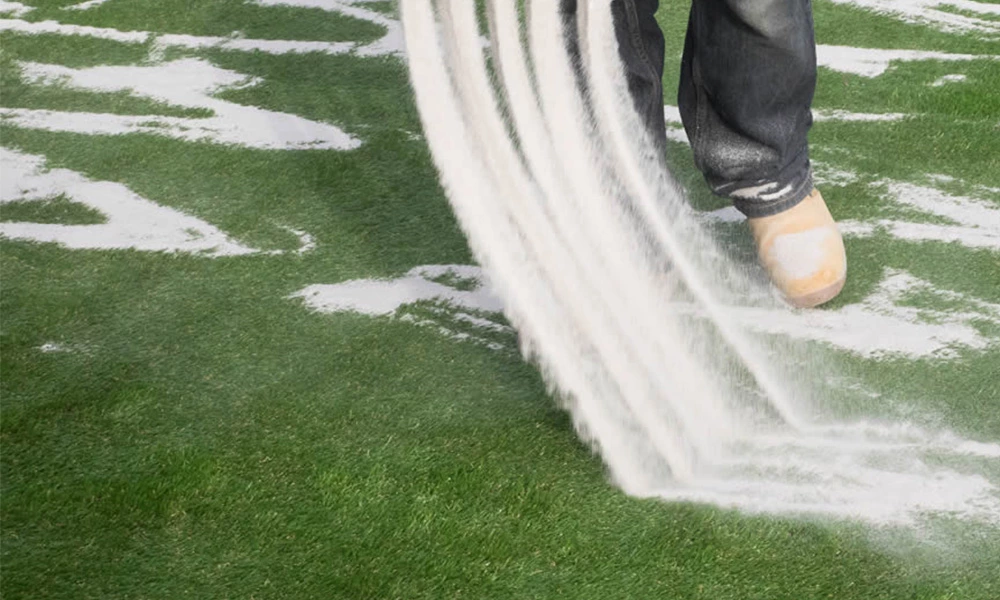
The role and necessity of sharp sand
Sharp sand is one of the most commonly used filling materials in artificial turf. Its main functions include:
Improve the stability of the turf: the sharp sand filled at the root of the grass helps to fix the grass and prevent the turf from shifting during trampling.
Protect grass fibers: sharp sand can effectively share pressure, reduce the bending and loss of grass, and extend the life of the turf.
Improve drainage performance: a good sharp sand layer can improve the water permeability of the ground and avoid water accumulation.
Anti-slip and safety: especially in sports venues, sharp sand can increase friction, improve anti-slip performance and ensure the safety of users.
The amount of sharp sand required per square meter of artificial turf
The specific amount of sharp sand required per square meter depends on the type of turf, the usage scenario and the height of the grass. The recommended amount of sharp sand required in different scenarios is as follows:
| Usage scenario | Grass height | Sand usage (kg/㎡) |
| Home garden | 25-30mm | 3-6kg |
| Commercial landscape | 30-35mm | 5-8kg |
| Five-a-side football field | 40-50mm | 7-10kg |
| Eleven-a-side football field | 40-50mm | 8-12kg |
| Golf green | 12-15mm | 2-4kg |
Generally speaking, standard sports fields or high-frequency-use lawns require greater sharp sand to ensure adequate durability and resilience.
Empirical formula for estimating filling amount
For ease of calculation, a simple formula is often used as a reference in the industry:
Filling height of sharp sand ≈ 1/3 to 1/2 of grass height
Take artificial turf with a grass height of 40mm as an example:
1/3 height ≈ 13mm
Required sharp sand ≈ 8kg/㎡
This ratio can provide necessary support without overfilling and flattening the grass, affecting the appearance and elasticity.
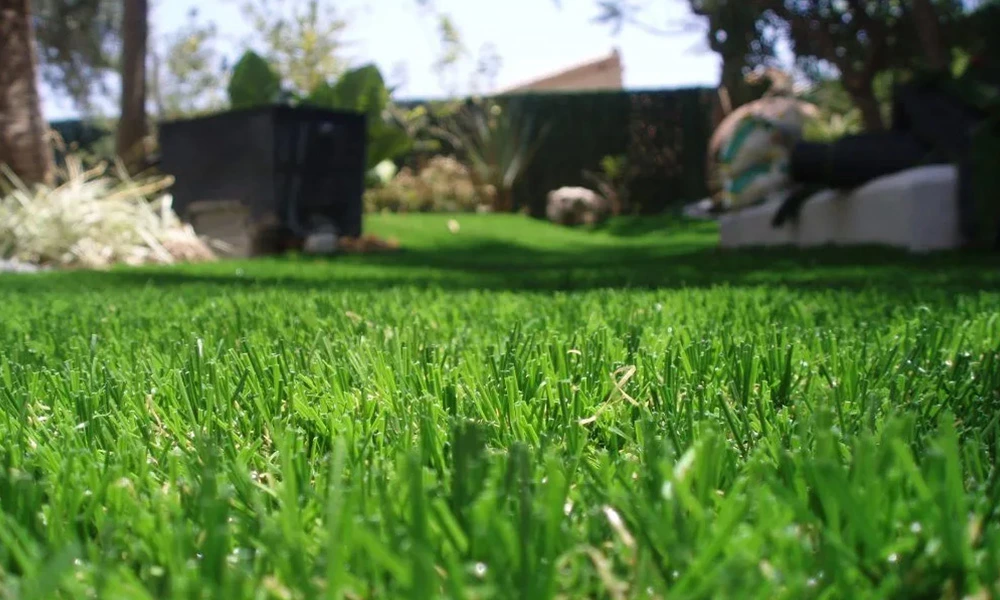
Reasonable filling to extend service life
Filling with sharp sand is not only a step in the construction process of artificial turf, but also a guarantee to improve the stability, safety and comfort of the turf. Reasonable filling amount (between 5-10kg/㎡) should be adjusted according to the actual turf type and purpose, and high-quality quartz sand should be selected. The correct filling method can keep the artificial turf as good as new for many years, truly exerting its economic and practical value.
